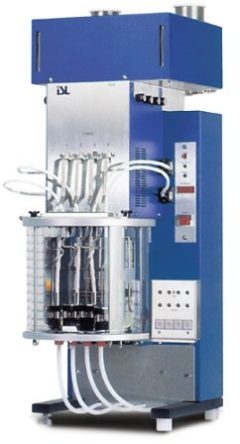Following a move to the new premises our water testing capabilities are suspended at present.
As well as oil analysis STS/OAS are also able to offer a range of water tests. These include bacteria counts, pH and total alkalinity, hardness, levels of nitrate, nitrite, sulphate, phosphate and ammonia, chemical oxygen demand, settleable solids and others.

 Viscosity is a measure of fluids resistance to flow. Often defined as an ISO or SAE viscosity grade (such as VG 220 or SAE 15W/40). Typically measured at 40 or 100ºC.
Each application will have a viscosity range suited to the task. Too high a viscosity can lead to lubricant starvation, wear in circulating pumps, increased temperatures and reduced efficiency. If viscosity is too low, the components will not be sufficiently separated resulting in excess friction and causing wear on the machinery.
A change in viscosity could be due to:
Viscosity is a measure of fluids resistance to flow. Often defined as an ISO or SAE viscosity grade (such as VG 220 or SAE 15W/40). Typically measured at 40 or 100ºC.
Each application will have a viscosity range suited to the task. Too high a viscosity can lead to lubricant starvation, wear in circulating pumps, increased temperatures and reduced efficiency. If viscosity is too low, the components will not be sufficiently separated resulting in excess friction and causing wear on the machinery.
A change in viscosity could be due to: